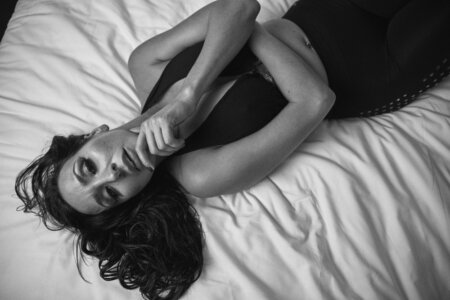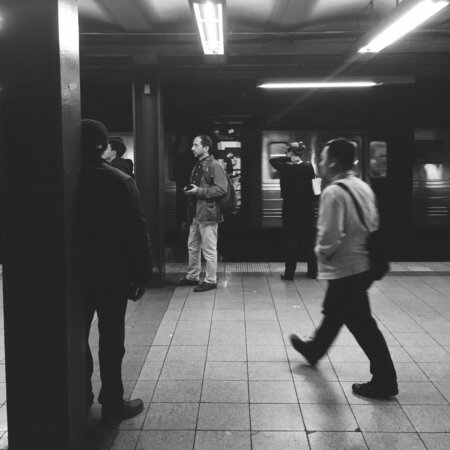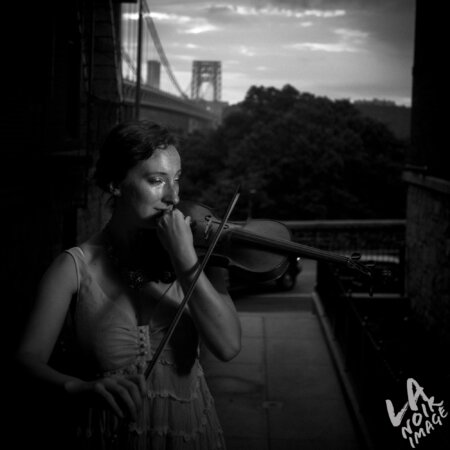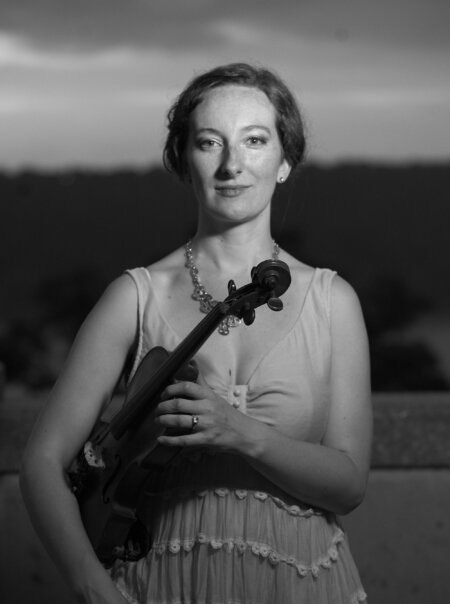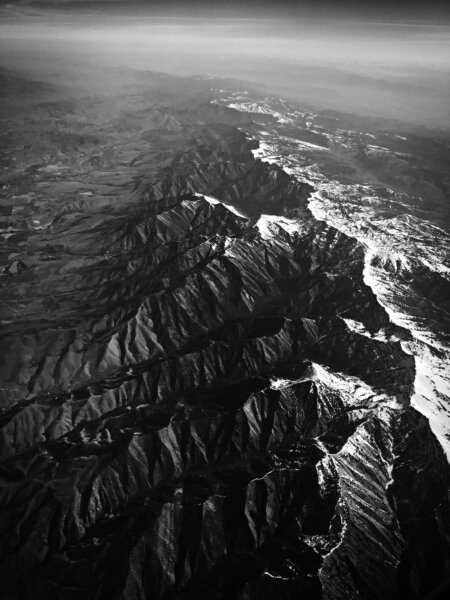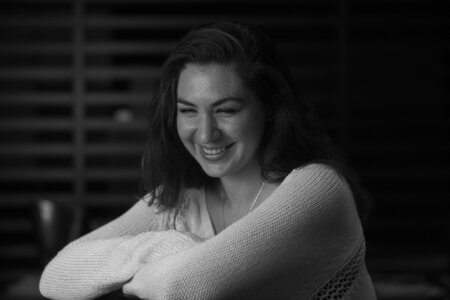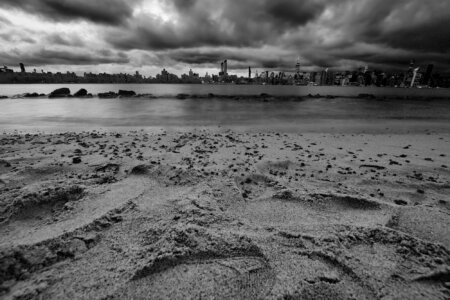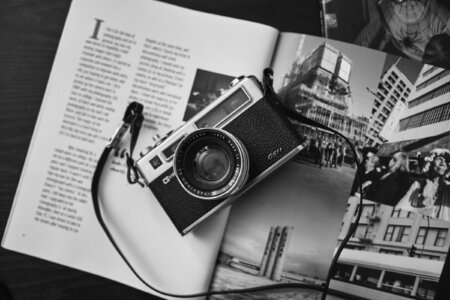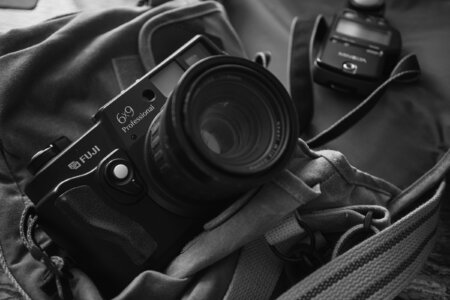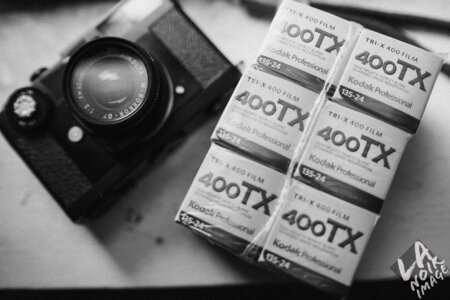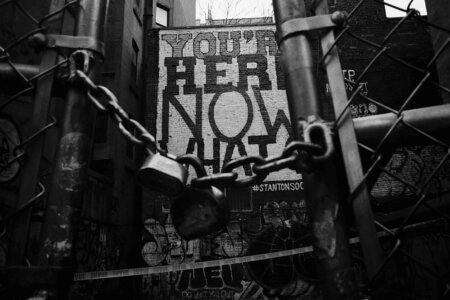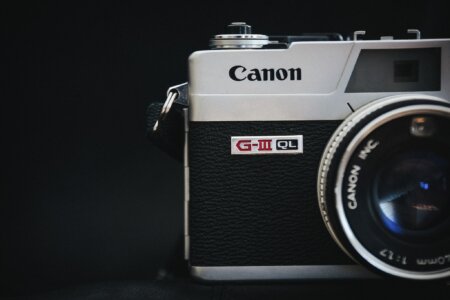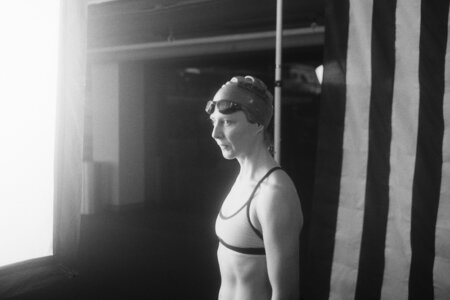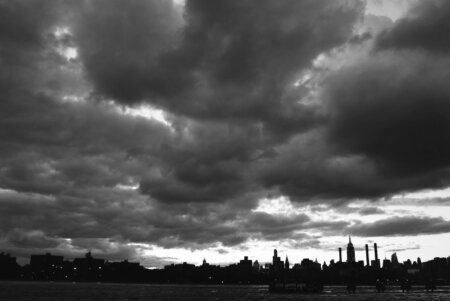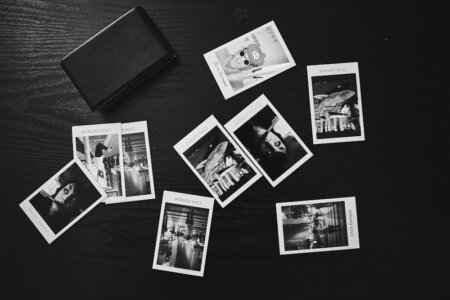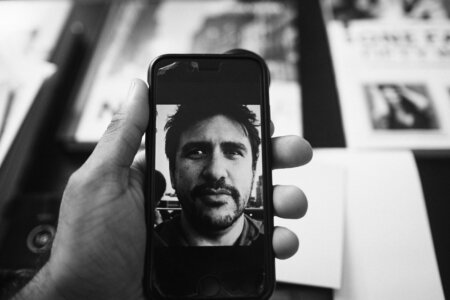This is going to sound a bit odd, I mean how the heck are megapixels and black and white correlated? Does it have to do with details? Well, no; not really. Instead it has to do with the capabilities of your camera sensor and more often than not, lower megapixel cameras aren’t as capable when it comes to editing. Lower megapixel cameras are great when it comes to high ISO output. But with higher megapixels, you often get great dynamic range and colors. Believe it or not, that’s exactly what you want and need here.
An inspiring documentation of the monochrome lifestyle
How to Shoot Better Black and White Portraits With Natural Light (Premium)
Natural light portraiture is a passion of so many photographers out there. But for many of these photographers, there’s a little formula that they always do. It goes something like this: aperture priority, focus on the eye, shoot. That’s it. There’s nothing more to it. And for the most part, it’s copied over and over again because it works. With black and white photography, that idea can surely work. However, there are other things that a photographer can do to create even better photos.
5 Things That Black and White Does for a Photo That Color Can’t
Black and white photography is seeing a revival in all fields. Photographers who really like the idea of working with shapes, tones, and like to be very specific about their scenes have found that black and white is really perfect for them. In times past, photographers mostly used black and white as a way to…
An Argument for Shooting Your Photos in Black and White JPEGs
So why not just get that in-camera to begin with?
How to Create Light That Isn’t There When Editing a Black and White Photo (Premium)
One of the toughest things to do for many photographers is learning how to light; some people never learn how to understand it while others simply just have no interest in it. But the good news is that at least when it comes to black and white photography, you can get away with it a bit more. Further, you can also create light that will look good in the scene and worry about it just a tad less. You just need to be a bit observant.
How Much Clarity and Sharpness is Too Much Clarity and Sharpness in Black and White Photography? (Premium)
I think we’ve all seen it: photography that follows a simple recipe. It’s in the black and white world and it goes something like this: convert to black and white > raise clarity > raise sharpness > raise contrast > export. Sometimes they’re done well, but more often than not that’s very rare. Most of the time the images look like tacky digital simulations due to people not understanding light and exactly what’s going on. All of this has its roots in the film days.
Black and White Photography is Truly The Best Way to Embrace Image Noise And You Shouldn’t Be Ashamed About it
…in that way, you can cover up or embrace those flaws that others may be distracted by with a simple conversion to black and white.
Why and How Too Much Contrast Can Kill a Portrait (Free One)
It’s a fact, photographers love contrast. But it doesn’t always work out so well–case in point: portraiture! Don’t believe me? Well, let’s consider the fact that photographers for many years have been shooting with a low contrast film called Kodak Portra to photograph people. Crazy, right? So what made people want to do high contrast portraits? Most of the time, folks unfortunately just don’t know any better. But when it comes to black and white photography, we have to showcase to you how and how too much contrast can kill a portrait.
High Contrast vs Low Contrast Black and White Photo Editing: What’s the Difference?
Take a look at our lead image: would you say that it is a high contrast photo or a low contrast photo? What’s your justification for your answer? The truth is that it’s a medium contrast image that just had the blue and orange channels manipulated. If you were paying attention to our previous tutorial, you’ll understand how color channels can affect a whole lot in the scene that you’re photographing and editing and how white balance compounds on top of that. If you look online, lots of photographers love a specific recipe: black and white > high contrast > clarity raise > export. But the truth is that that doesn’t always work out so well unless it’s done specifically well and lit in a very specific way.
How White Balance Effects Editing a Black and White Photo
Who would’ve ever thought that white balance is something that’s so very important to an image and especially so in black and white? Believe it or not, most people wouldn’t think so. They’re perfectly content with going along with whatever the camera gives them in auto. Even further, many folks never even care to edit their white balance. White balance can surely affect the colors in an image but they’ll really affect the way that the tones in black and white photography works out too. We’re going to show you how white balance can greatly alter your black and white image and the theories behind it.
Long Term Review: Yashica GSN Electro 35 (Premium)
When Yashica hinted at the fact that they were coming out with a new camera, I expected something like the Yashica GSN Electro 35. But instead, I was given something that is much different but that arguably can’t be called a Yashica camera in the sense that we’ve known it to be. It’s something much different. And for me, my reintroduction to film came with the Yashica GSN Electro 35. It was many years ago: companies just didn’t get it back then. I (and apparently many others) wanted a camera that looked good, had retro aesthetics, and that took great photos. To get those aesthetics, I ended up going and getting a Yashica camera. Olympus broke the mold, then Fujifilm, and then everyone else tried getting into it. Yet to this day, no one makes anything quite like those old retro cameras except for maybe Leica.
Rangefinder Camera Review: Fujifilm GW690 III (Premium)
In the medium format world, you’ll find that there are a whole lot of rangefinder cameras, but not a whole lot of good ones–the Fujifilm GW690 III is the exception to that statement. When we talk about medium format rangefinders, lots of folks immediately whisper Mamiya, Bronica, Fujifilm–no one mentions Voigtlander or Zeiss. But as it is, Fujifilm’s highest end rangefinder could could indeed be this. While there were newer cameras to come out with a light meter and all, nothing really matches the sheer size of a gorgeous 6×9 negative. That’s what the Fujifilm GW690 III fires. Originally designed for landscape photographers, it’s found its way into the hands of modern portrait photographers and even street photographers. With a big, bright rangefinder to it and a beautiful 90mm f3.5 lens rendering the equivalent of a 35mm f1.2 in full frame 35mm, there isn’t a whole lot to hate about the Fujifilm GW690 III.
20 Reasons Why You Need a Rangefinder Camera Right Now
There’s no better time to get a rangefinder camera.
The Truth About Rangefinder Cameras That No One Else Will Tell You (Premium)
Rangefinder cameras are hot; they’ve gone through a period of glory, then spent time in the darkness, then returned, and now they’ve returned again in one of the biggest ways. The type of camera typically associated with Leica and used as an icon for loads of different graphics is indeed something that most folks would want. Though if you’ve never considered one, then you probably may not know where to start or you may have gotten one or two things wrong. Take some advice from someone whose screwed it up a number of times now.
Compact, Fixed Lens Rangefinders for the New Film Photographer (Premium)
Want a rangefinder camera without a whole lot of complications? Look no further.
A Rangefinder Won’t Necessarily Make You a Better Photographer
Creative vision is what matters in the end no matter what the internet may tell you about rangefinder cameras.
Smartphone Images Are Good Enough For Museums Now
The other night I spent some time going to an event in Chelsea all the way in the middle of the gallery district. Every Thursday night you’re bound to find tourists and people genuinely interested in the arts hanging around. But this event was for Huawei, you know–the mobile phone maker. It was to celebrate…
Instagram Stories Are So Much Better Than Posts
There’s absolutely no secret to this: Instagram posts are at an all time low when it comes to interactivity with your own following. Photographers have been feeling the burn for awhile because it can make clients harder to find and to market to. But what photographers haven’t necessarily known is that Instagram stories is the big thing that helps counter that problem. How?
The Secret to Getting Better Black and White Photos From Your Smartphone (Free Tutorial)
When you go about taking pictures with your smartphone, you’re probably not going about thinking into the scenes too much. For the most part, the beauty of smartphone photography is how candid it can be if you’re just looking for a quick photo. But lots of folks either use their smartphone as their primary camera or they feel confident enough in their abilities to produce great work. With so much technology packed into today’s phones, it’s indeed incredibly simple to take better photos.
Building and Using a Portable Photo Studio for Under $750
We’re going to get you started from the ground up.
